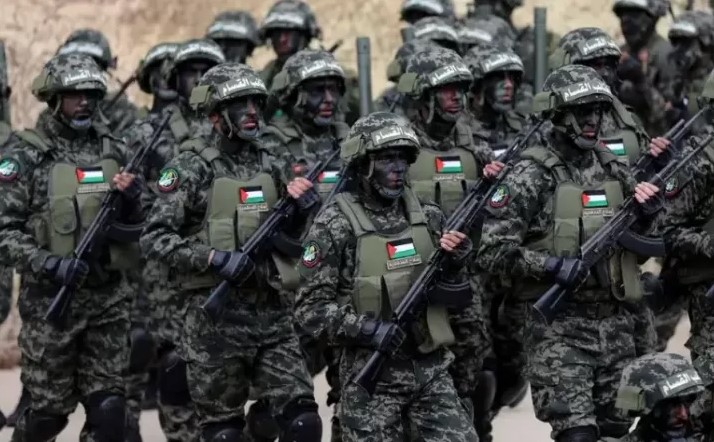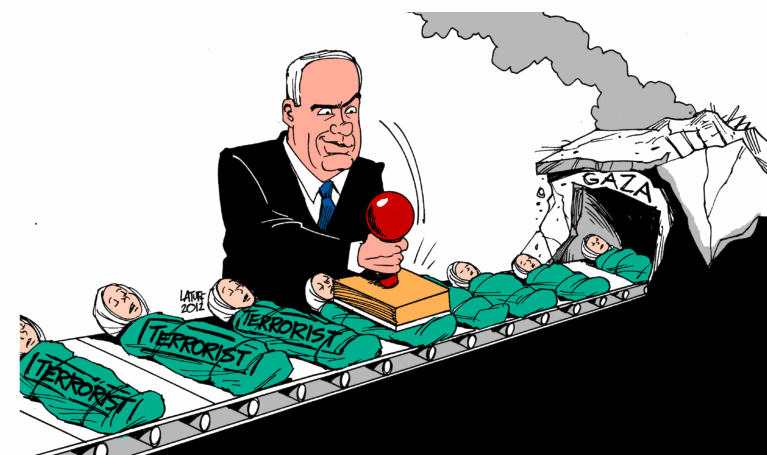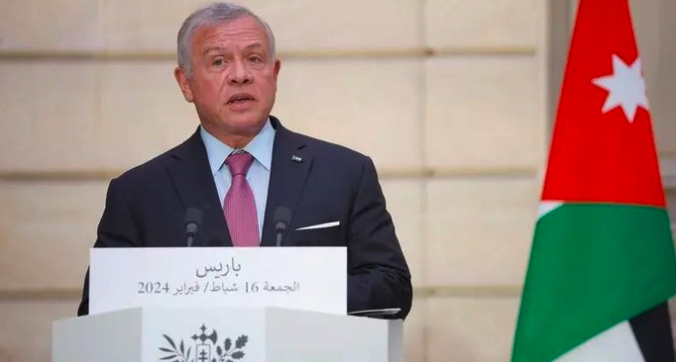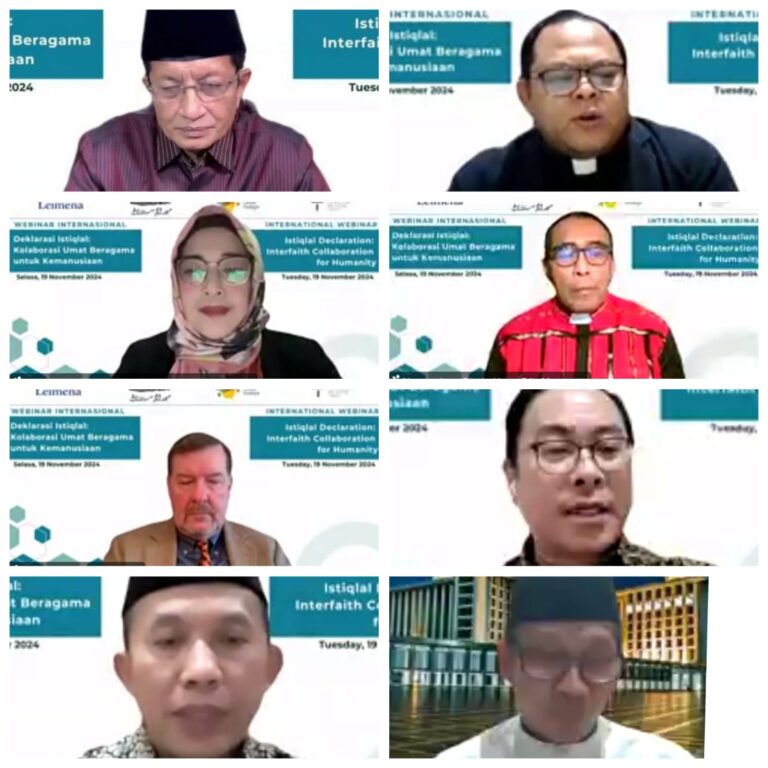
STRATEGIC ASSESSMENT. Significant protests have broken out in Iraq and in Lebanon – countries in which Iran has worked for decades to build pro-Iranian Shi’a factions into significant political forces that now sit in key positions in their respective power structures. In Iraq, factions that Iran sponsored as anti-Saddam oppositionists in the 1980s and 1990s now occupy large blocs in Iraq’s elected National Assembly and field Iran backed militias that remain largely outside Iraq’s national military command. In Lebanon, Iran has built Lebanese Hezbollah into a major force in Lebanese politics, with three cabinet seats and, with its allies, a significant proportion of seats in Lebanon’s parliament. Hezbollah’s militia rivals the national Lebanese Army in armed strength and is returning from the battlefield in neighboring Syria after successfully rescuing the regime of President Bashar Al Assad from being overthrown.
The protests in both Iraq and Lebanon did not start out as specifically opposing Iranian influence in the two countries, although they have since evolved in that direction, particularly in Iraq. The protests have been primarily directed against the ruling elite, largely for corruption, misallocation of resources, and failing to improve economic conditions or develop reliable infrastructure. In Lebanon, Shi’a protesters in Hezbollah strongholds have demonstrated against Hezbollah and its leader, Hasan Nasrallah, as enmeshed in the governmental corruption and mismanagement. In Iraq, protesters have more directly cited the need to reduce Iranian influence and set fire to Iran’s consulate in Karbala while tearing down banners depicting Iranian Supreme Leader Ali Khamene’i and other Iranian political figures. Those Iraqi Shi’a protesters most opposed to Iran are, in large part, followers of Shi’a cleric Moqtada Al Sadr, an Iraqi nationalist opposed to both Iranian and American influence in Iraq.
As the protests in both countries escalated, Iran’s leaders recognized that the unrest posed a threat to Iran’s significant investment to continue spreading its influence throughout the region. After an initial period of uncertainty in its reactions, Iran decisively swung into action to try to ensure that its allies agree to minimize change in the political structure and leadership of both countries. In late October, Iran’s Supreme Leader Grand Ayatollah Ali Khamene’i insisted that protesters in both countries try to achieve change ‘through the framework of legal structures’ and argued that suppression tactics had helped Iran put down unrest in the past, including 2017-18 and the 2009 uprising. The statement was intended to stiffen the resolve of Lebanese and Iraqi governing authorities to use at least some force to contain demonstrations. Iran also dispatched the commander of the IRGC-QF, Major General Qasem Soleimani, to both Lebanon and Iraq to advise Iran’s allies on how to respond forcefully. Press reports indicated that, as part of the Iran-inspired response in Iraq, masked IRGC-QF gunmen, or possibly QF-backed Iraqi militiamen, have been responsible for killing some protesters. In Lebanon, some Hezbollah militiamen, along with their secular Shi’a allies in the Amal movement, attacked protesters in late October.
The objective of Iran’s advice and support for its Lebanese and Iraqi allies is to minimize the damage to Iran’s interests in both countries. Iran has backed both governments’ offers of modest reforms to election laws and tax and utility costs and other economic policies, while encouraging those allies not to accept major changes to the political structure. The government of Prime Minister Sa’ad Hariri in Lebanon has resigned, but forming a new government will take many months and provide Iran ample opportunity to help Hezbollah preserve its influence. In Iraq, Prime Minister Adel Abdul Mahdi, a Shi’a, offered to resign if a replacement could be agreed upon and a new election law passed. But Iran reportedly worked through a powerful Shi’a militia commander ally, Hadi al-Ameri, who leads the second largest bloc in parliament, to keep Abdul Mahdi in office for now. Yet, Abdul Mahdi’s position is precarious as protests escalate and turn more anti-Iranian. If Abdul Mahdi falls, Iran will undoubtedly work through its numerous powerful Shi’a surrogates and allies to install alternative leadership that is as friendly towards Iran as is the current government in Baghdad (TSC).





